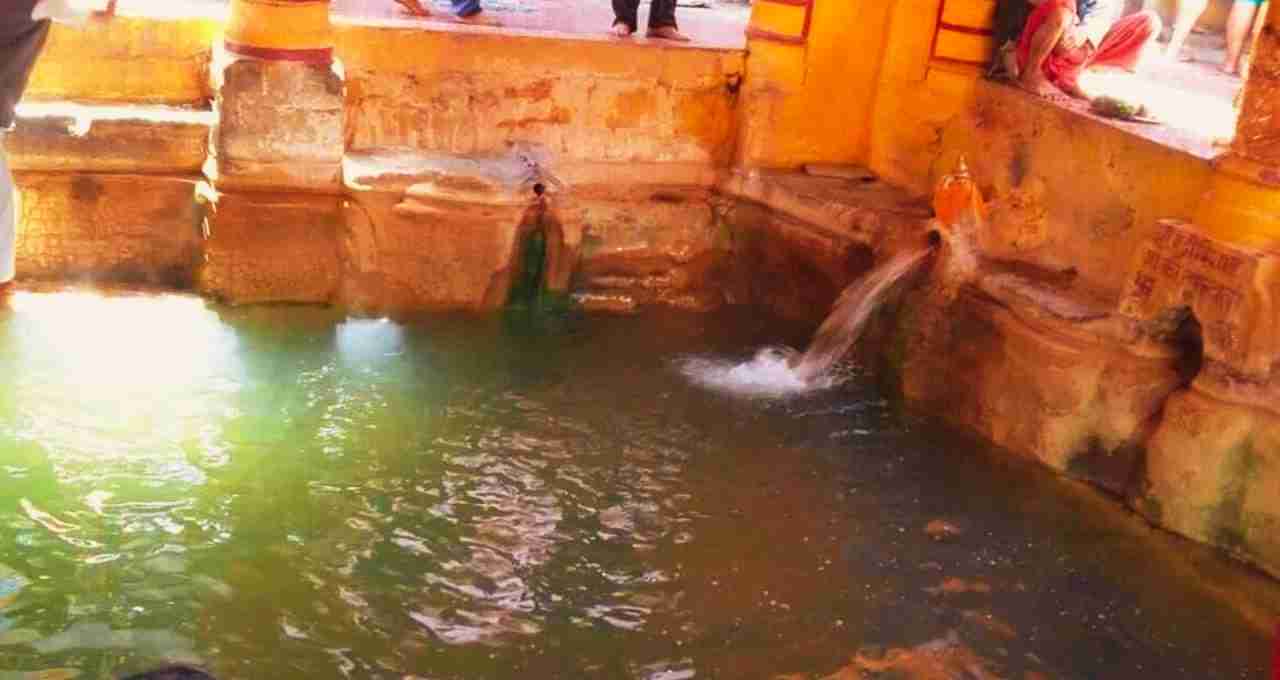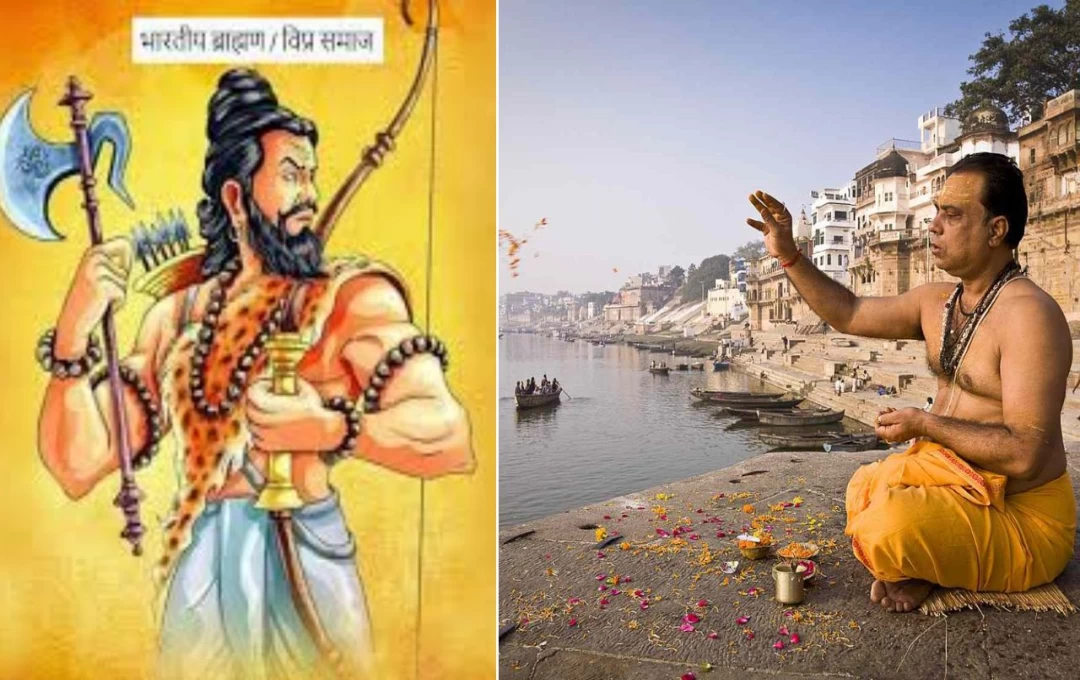Nestled in the serene and spiritual heights of Uttarakhand, Badrinath Dham is not merely a temple; it's a place where one experiences a profound connection with the divine. Situated at an altitude of approximately 10,300 feet above sea level, this temple is one of the four Char Dhams and is considered the abode of Lord Vishnu. Devotees also refer to it as 'Badri Vishal' and 'Badrinarayan Temple'.
Today, we delve into the untold and mystical story of this sacred pilgrimage site, exploring its deep historical and religious significance. We will also uncover the origin of the name "Badrinath".
The Origin of the Name Badrinath: A Divine Tale
The word 'Badrinath' is composed of two parts—'Badri' and 'Nath'. 'Badri' means 'wild berry', and 'Nath' means 'lord' or 'protector'. According to legend, Lord Vishnu once went to the Himalayan mountains for penance. The weather was harsh, with extreme cold and intense sun. Witnessing her lord's arduous penance, Goddess Lakshmi transformed herself into a Badri tree, providing Lord Vishnu with shade and protection. Pleased by this devotion, Lord Vishnu declared this land sacred, and it came to be known as 'Badrinath'—the place where the 'Lord who performed penance under the shade of the Badri tree' resides.
History and Architecture of Badrinath Dham

The present form of the Badrinath Temple was established in the 8th century by Adi Shankaracharya. It is believed that he installed the deity of Lord Vishnu in a cave near the Tapt Kund area on the banks of the Alaknanda River. This deity is carved from Shaligram stone, found in the Gandaki River in Nepal, and is considered extremely sacred.
The architecture of the Badrinath Temple exemplifies the North Indian Nagara style. The temple stands approximately 50 feet tall, with a gold-plated sanctum sanctorum. The main entrance is known as the 'Singh Dwar', and inside, Lord Badrinarayan is enshrined in a meditative posture.
Tapt Kund: A Symbol of Purity
Near the Badrinath Temple is a hot spring known as Tapt Kund. Its water remains warm even in extreme cold and is considered miraculous. Pilgrims bathe in this kund before entering the temple, believing it purifies both body and soul. It is believed that bathing in this kund destroys both disease and sin.

Glory Described in Skanda, Vamana, and Other Puranas
The glory of Badrinath Dham is described in numerous religious texts, including the Skanda Purana, Vamana Purana, Vishnu Purana, and the Mahabharata. According to the Vamana Purana, Nara and Narayana Rishis, considered avatars of Lord Vishnu, performed penance in the Badrinath region. This place has been not only a temple but also a site of penance for sages and saints.
Great saints like Kapil Muni, Kashyap Rishi, and Gautam Rishi performed penance here. Furthermore, Narada Muni is believed to have attained Moksha here.
Connection with the Mahabharata and the Pandavas
According to the Mahabharata, after the war concluded, the Pandavas journeyed towards the Himalayas during the final stages of their lives to ascend to heaven. During this journey, they passed through the Badrinath region. Badrinath Dham was a significant stop on their journey, further enhancing its historical and religious importance.
Six-Month Retreat: Vishnu's Himalayan Abode

It is believed that Lord Vishnu resides in Badrinath Dham for six months of the year (during the summer) and spends the remaining six months (during winter) at Narayan Parvat for rest. This is why the Badrinath Temple doors are closed during winter, and worship is conducted in Joshimath.
When Do the Doors Open?
Every year, the doors of the Badrinath Temple are opened on the auspicious day of Akshaya Tritiya, considered highly auspicious in Hinduism. In 2025, this special occasion falls on May 4th, when lakhs of devotees from across the country will flock to Badrinath Dham for a darshan of Lord Badrinarayan. The opening ceremony is grand, involving the chanting of Vedic mantras, prayers, and religious rituals. The temple is adorned with flowers, and the entire atmosphere is filled with devotion and excitement.
Spiritual Significance and Modern Relevance
Badrinath Dham is not just a pilgrimage; it's a powerful means of self-reflection, spiritual practice, and connection with God. Even in changing times, this Dham remains enshrined in the hearts of devotees with the same devotion and reverence. The peace, natural beauty, and spiritual energy here deeply resonate with every visitor.
Badrinath Dham is a spiritual site considered sacred not only in India but also for followers of Sanātana Dharma worldwide. Its divine story, natural beauty, and religious significance make it an essential part of every devotee's life journey. A visit to Badrinath is an experience of an energy that connects the soul to the divine, far beyond a simple temple visit.















